-
 bitcoin
bitcoin $101752.865364 USD
-1.09% -
 ethereum
ethereum $3382.985899 USD
-1.38% -
 tether
tether $0.999658 USD
0.04% -
 xrp
xrp $2.272505 USD
-1.51% -
 bnb
bnb $989.089004 USD
0.14% -
 solana
solana $156.962612 USD
-3.08% -
 usd-coin
usd-coin $0.999776 USD
0.01% -
 tron
tron $0.290786 USD
-0.69% -
 dogecoin
dogecoin $0.174594 USD
-2.86% -
 cardano
cardano $0.560085 USD
-3.55% -
 hyperliquid
hyperliquid $40.023704 USD
-5.75% -
 chainlink
chainlink $15.324649 USD
-2.78% -
 bitcoin-cash
bitcoin-cash $493.576540 USD
-3.52% -
 zcash
zcash $571.320038 USD
-12.05% -
 stellar
stellar $0.280066 USD
-4.26%
Crypto Scalping Strategies: A Pro's Guide to High-Frequency Trading.
Crypto scalping demands precision, low-latency tools, and strict discipline to profit from tiny price gaps in high-volume pairs like BTC/USDT.
Nov 01, 2025 at 08:36 pm
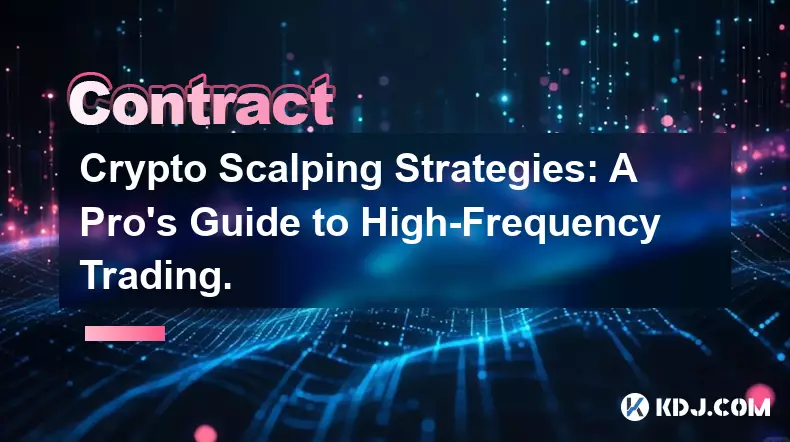
Understanding the Mechanics of Crypto Scalping
1. Scalping in the cryptocurrency market involves executing numerous trades within very short timeframes, often holding positions for seconds to minutes. The goal is to capture small price differentials that occur due to market inefficiencies or order flow imbalances.
2. Traders rely heavily on technical analysis, using tools like candlestick patterns, volume profiles, and order book depth to identify fleeting opportunities. Price action at key support and resistance levels becomes critical when determining entry and exit points.
3. Liquidity plays a central role in scalping success. High-volume pairs such as BTC/USDT or ETH/USDT offer tighter spreads and faster execution, minimizing slippage and improving fill rates.
4. Market makers and takers operate differently in this space. Scalpers often aim to be market makers by placing limit orders slightly ahead of current prices, earning rebates and reducing fees on certain exchanges.
5. Precision in timing is non-negotiable. Even a delay of a few hundred milliseconds can turn a profitable setup into a loss, making direct market access and low-latency infrastructure essential components of a professional scalper’s toolkit.
Essential Tools for Effective High-Frequency Trading
1. A robust trading platform with real-time data feeds and fast order execution is fundamental. Platforms like Bybit, Binance, or OKX provide API access that enables algorithmic strategies and rapid trade placement.
2. Using custom-built scripts or bots allows traders to automate repetitive tasks such as placing stop-losses, trailing entries, or scaling out of positions based on predefined conditions. These bots can monitor multiple markets simultaneously and react faster than human reflexes.
3. Level 2 order book data reveals hidden liquidity and helps anticipate short-term price movements. Watching for large buy walls or sudden sell pressure gives early signals before they reflect on the price chart.
4. Time & Sales (Tape Reading) remains relevant even in digital markets. Analyzing the sequence of executed trades—size, price, and frequency—can expose aggressive buying or distribution by institutional players.
5. Risk management tools must be integrated directly into the trading system. Position sizing algorithms, dynamic stop placements, and circuit breakers help prevent catastrophic losses during volatile events or flash crashes.
Psychological Discipline and Execution Consistency
1. Emotion has no place in scalping. The repetitive nature of high-frequency trading demands mechanical discipline—each decision follows a rule-based framework without hesitation or deviation.
2. Successful scalpers treat each trade as an independent event, avoiding revenge trading after losses or overconfidence after wins. They maintain strict journaling practices to audit performance and refine their edge.
3. Fatigue significantly impacts cognitive function, especially when processing rapid-fire data. Professional traders typically limit session durations to 2–4 hours per day to preserve mental sharpness.
4. Pre-market routines include checking exchange status, verifying API connectivity, reviewing overnight news, and setting daily risk limits. This preparation ensures seamless execution once live trading begins.
5. Overtrading is a common pitfall. Not every tick presents an opportunity; patience in waiting for optimal setups separates consistent performers from those who burn capital through noise chasing.
Frequently Asked Questions
What is the ideal timeframe for crypto scalping?Scalpers primarily operate on 1-minute and 5-minute charts. Some advanced traders use tick charts or time-based intervals as low as 10 seconds to capture micro-movements.
Can scalping be profitable with small account sizes?Yes, but it requires extremely tight risk control and access to low-fee environments. Due to the high number of trades, transaction costs can erode profits if not managed carefully.
Do I need coding skills to succeed in crypto scalping?While not mandatory, coding knowledge—especially in Python or JavaScript—provides a significant advantage. It enables automation, backtesting, and integration with exchange APIs for faster execution.
How do news events affect scalping strategies?High-impact news often triggers volatility spikes and widened spreads, increasing slippage risk. Many scalpers avoid trading during major announcements unless their strategy specifically accounts for breakout dynamics.
Disclaimer:info@kdj.com
The information provided is not trading advice. kdj.com does not assume any responsibility for any investments made based on the information provided in this article. Cryptocurrencies are highly volatile and it is highly recommended that you invest with caution after thorough research!
If you believe that the content used on this website infringes your copyright, please contact us immediately (info@kdj.com) and we will delete it promptly.
- Ripple (XRP) in 2026: Hold or Fold? A Look at XRP's Future and Emerging DeFi Alternatives
- 2025-11-08 18:35:01
- Zcash ZEC Coin Price Explosion: From Privacy Niche to Center Stage
- 2025-11-08 18:55:01
- Berachain Price Prediction: Navigating the Honeycomb Hype in Crypto
- 2025-11-08 18:55:01
- Arthur Hayes, Gold, and Bitcoin: A Modern Monetary Trinity?
- 2025-11-08 19:15:01
- Shiba Inu's Next Move: Navigating a Shifting Market
- 2025-11-08 19:20:01
- Pakistan's Crypto Crossroads: Balancing Opportunity with Asset-Backed Realities
- 2025-11-08 19:20:01
Related knowledge

What is a state machine and how can a contract be designed as one?
Nov 08,2025 at 02:19pm
Understanding State Machines in Blockchain Context1. A state machine is a computational model used to design systems that transition between defined s...

How do you upgrade a smart contract using the UUPS proxy pattern?
Nov 09,2025 at 01:19am
Understanding the UUPS Proxy Pattern in Smart Contract DevelopmentThe UUPS (Universal Upgradeable Proxy Standard) pattern has become a cornerstone in ...
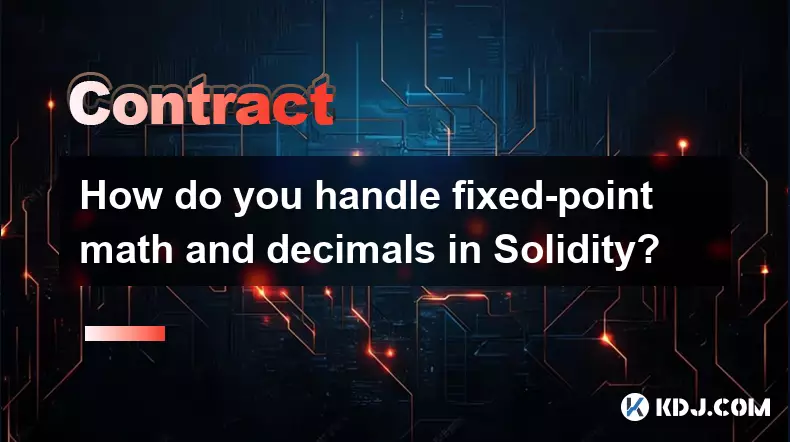
How do you handle fixed-point math and decimals in Solidity?
Nov 08,2025 at 11:40pm
Understanding Fixed-Point Arithmetic in Solidity1. Solidity does not natively support floating-point numbers, which means developers must rely on fixe...
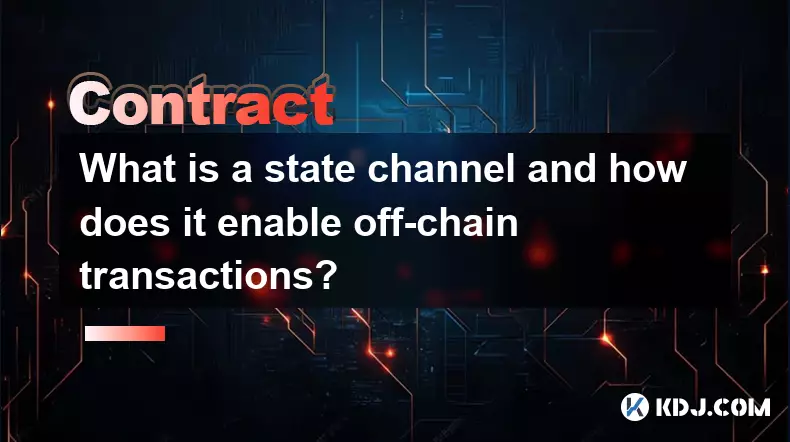
What is a state channel and how does it enable off-chain transactions?
Nov 09,2025 at 10:20am
Understanding State Channels in Blockchain Technology1. A state channel is a two-way communication pathway established between participants on a block...
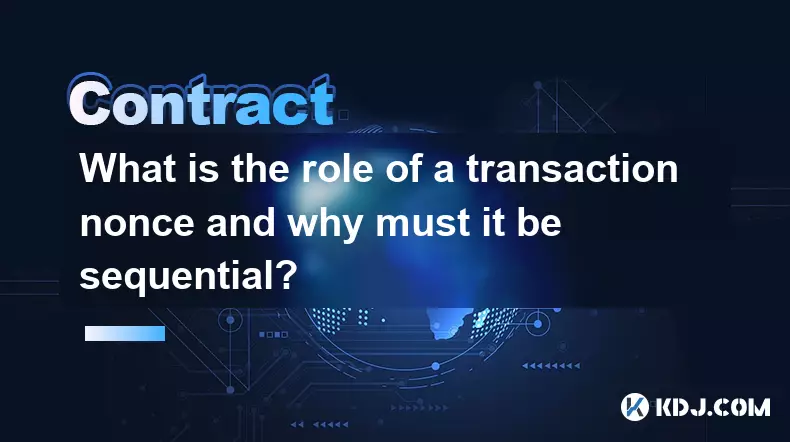
What is the role of a transaction nonce and why must it be sequential?
Nov 09,2025 at 01:00am
Understanding the Transaction Nonce in Blockchain Systems1. A transaction nonce is a number used once, associated with a user's account in blockchain ...
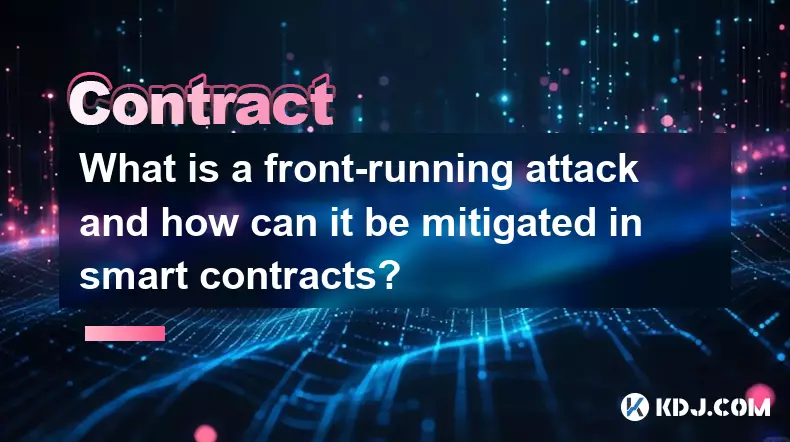
What is a front-running attack and how can it be mitigated in smart contracts?
Nov 08,2025 at 11:20am
Understanding Front-Running in Blockchain Transactions1. In the context of blockchain and decentralized applications, a front-running attack occurs wh...

What is a state machine and how can a contract be designed as one?
Nov 08,2025 at 02:19pm
Understanding State Machines in Blockchain Context1. A state machine is a computational model used to design systems that transition between defined s...

How do you upgrade a smart contract using the UUPS proxy pattern?
Nov 09,2025 at 01:19am
Understanding the UUPS Proxy Pattern in Smart Contract DevelopmentThe UUPS (Universal Upgradeable Proxy Standard) pattern has become a cornerstone in ...

How do you handle fixed-point math and decimals in Solidity?
Nov 08,2025 at 11:40pm
Understanding Fixed-Point Arithmetic in Solidity1. Solidity does not natively support floating-point numbers, which means developers must rely on fixe...

What is a state channel and how does it enable off-chain transactions?
Nov 09,2025 at 10:20am
Understanding State Channels in Blockchain Technology1. A state channel is a two-way communication pathway established between participants on a block...

What is the role of a transaction nonce and why must it be sequential?
Nov 09,2025 at 01:00am
Understanding the Transaction Nonce in Blockchain Systems1. A transaction nonce is a number used once, associated with a user's account in blockchain ...

What is a front-running attack and how can it be mitigated in smart contracts?
Nov 08,2025 at 11:20am
Understanding Front-Running in Blockchain Transactions1. In the context of blockchain and decentralized applications, a front-running attack occurs wh...
See all articles





















![The Graph Price Prediction [GRT Crypto Price News Today] The Graph Price Prediction [GRT Crypto Price News Today]](/uploads/2025/11/07/cryptocurrencies-news/videos/690d4df44fe69_image_500_375.webp)



















































